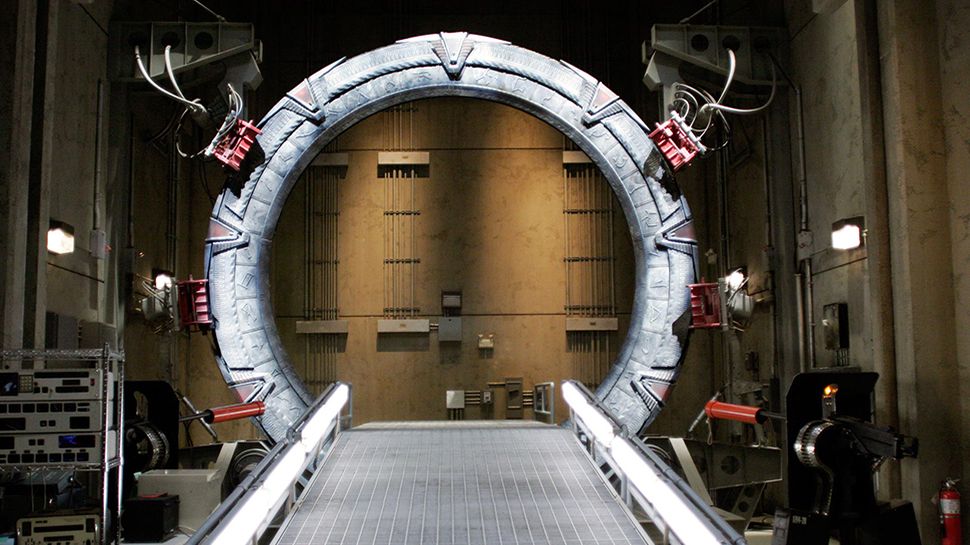
We previously revealed how Microsoft and OpenAI are rumored to be collaborating on a groundbreaking data center project named ‘Stargate,’ set to launch by 2028. Financed by Microsoft to the tune of over $100 billion, the project aims to reduce the companies’ reliance on Nvidia – something many tech giants involved in AI are looking to do these days.
Back in April, The Next Platform said this AI supercomputer would likely be “based on future generations of Cobalt Arm server processors and Maia XPUs, with Ethernet scaling to hundreds of thousands to 1 million XPUs in a single machine.”
While we still don’t know much about the actual specifics, or even if Stargate will ever happen (it’s certainly an ambitious undertaking), Forrest Norrod, AMD‘s EVP and general manager of the Datacenter Solutions Group, made an intriguing claim in a conversation with The Next Platform.
Without naming names
Talking about a future Instinct MI500 GPU accelerator, TNP’s Timothy Prickett Morgan asked Norrod, “What’s the biggest AI training cluster that somebody is serious about – you don’t have to name names. Has somebody come to you and said with MI500, I need 1.2 million GPUs or whatever.”
Norrod replied, “It’s in that range? Yes.” When pushed for more details, he added, “I am dead serious, it is in that range” and then clarified, “I’m talking about one machine… The scale of what’s being contemplated is mind blowing. Now, will all of that come to pass? I don’t know. But there are public reports of very sober people contemplating spending tens of billions of dollars or even a hundred billion dollars on training clusters.”
Few companies could afford such a “mind-blowing” project with a million plus GPUs, making it not unreasonable to connect any conversations AMD has had on the matter to Stargate. Turning to AMD would certainly make a lot of sense for any company looking to sidestep Nvidia…
More from TechRadar Pro
Services Marketplace – Listings, Bookings & Reviews
